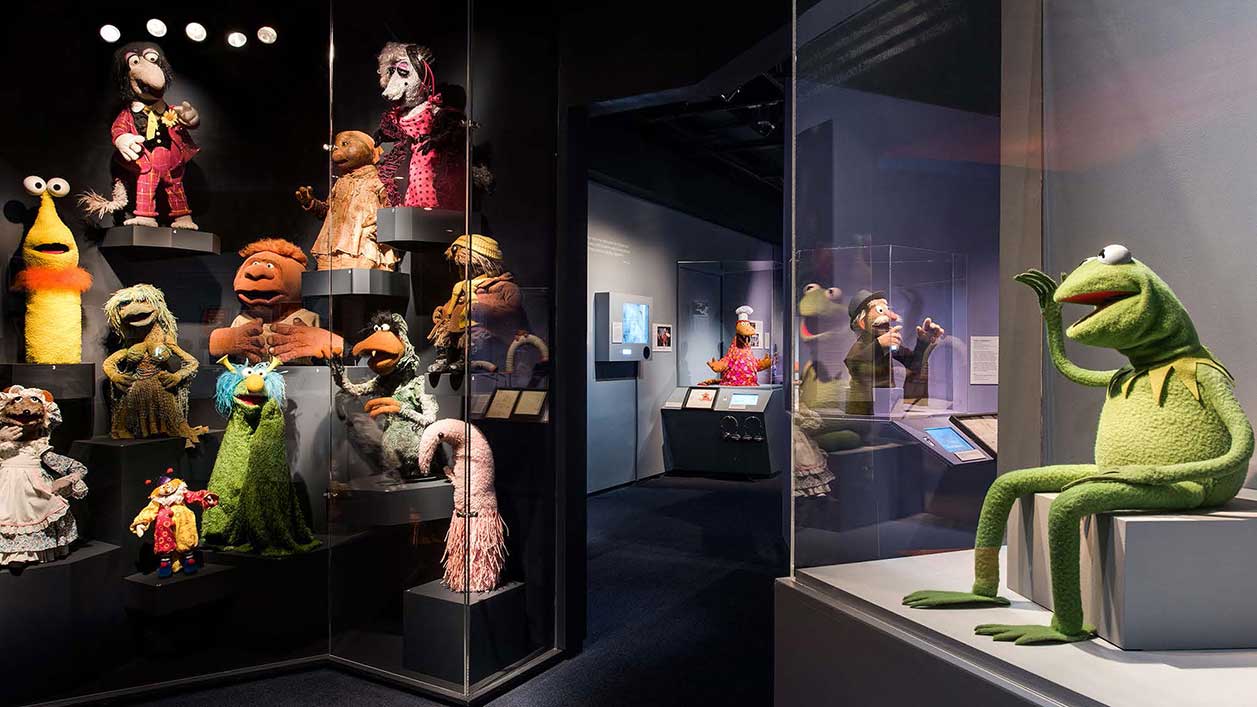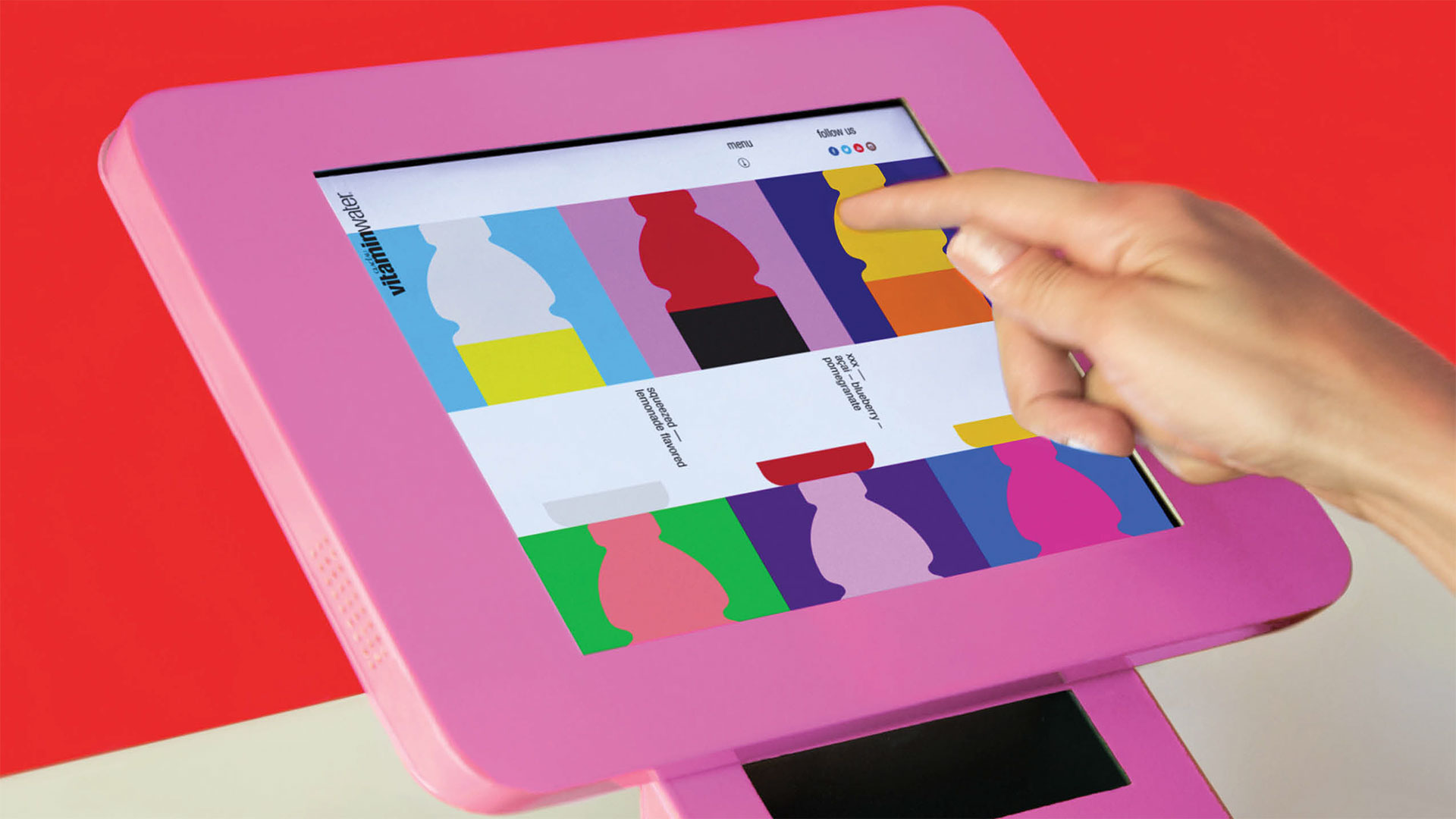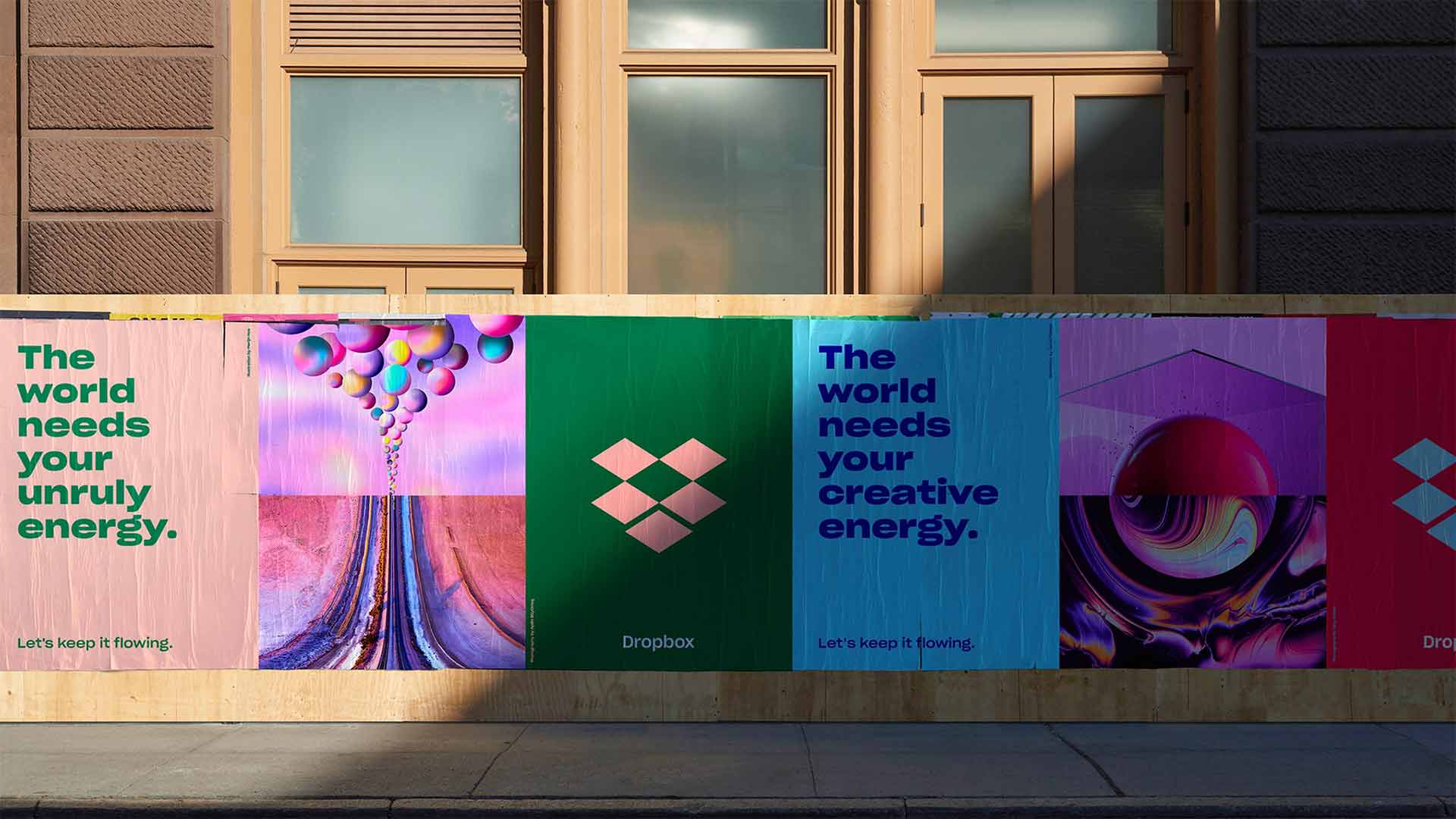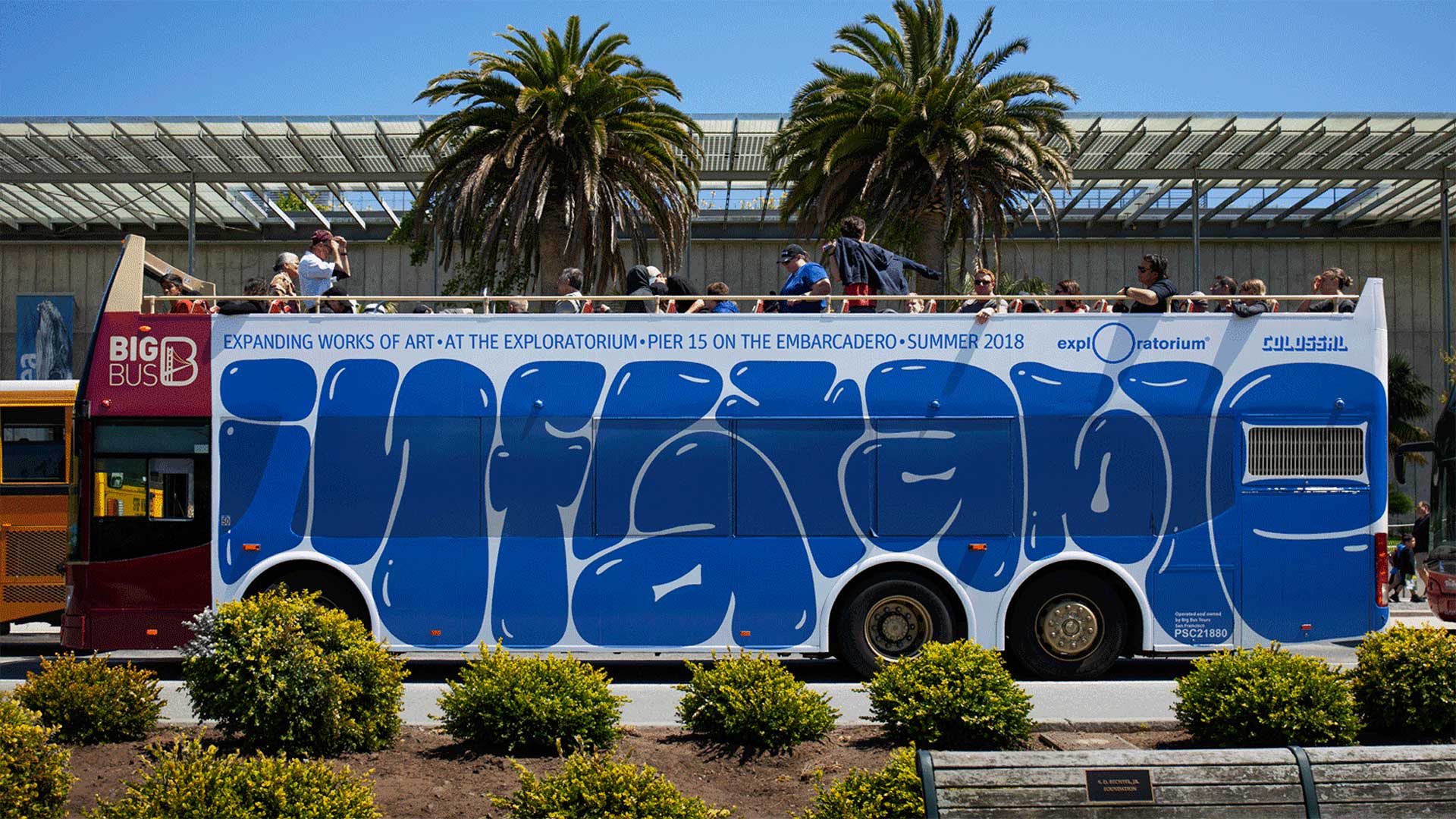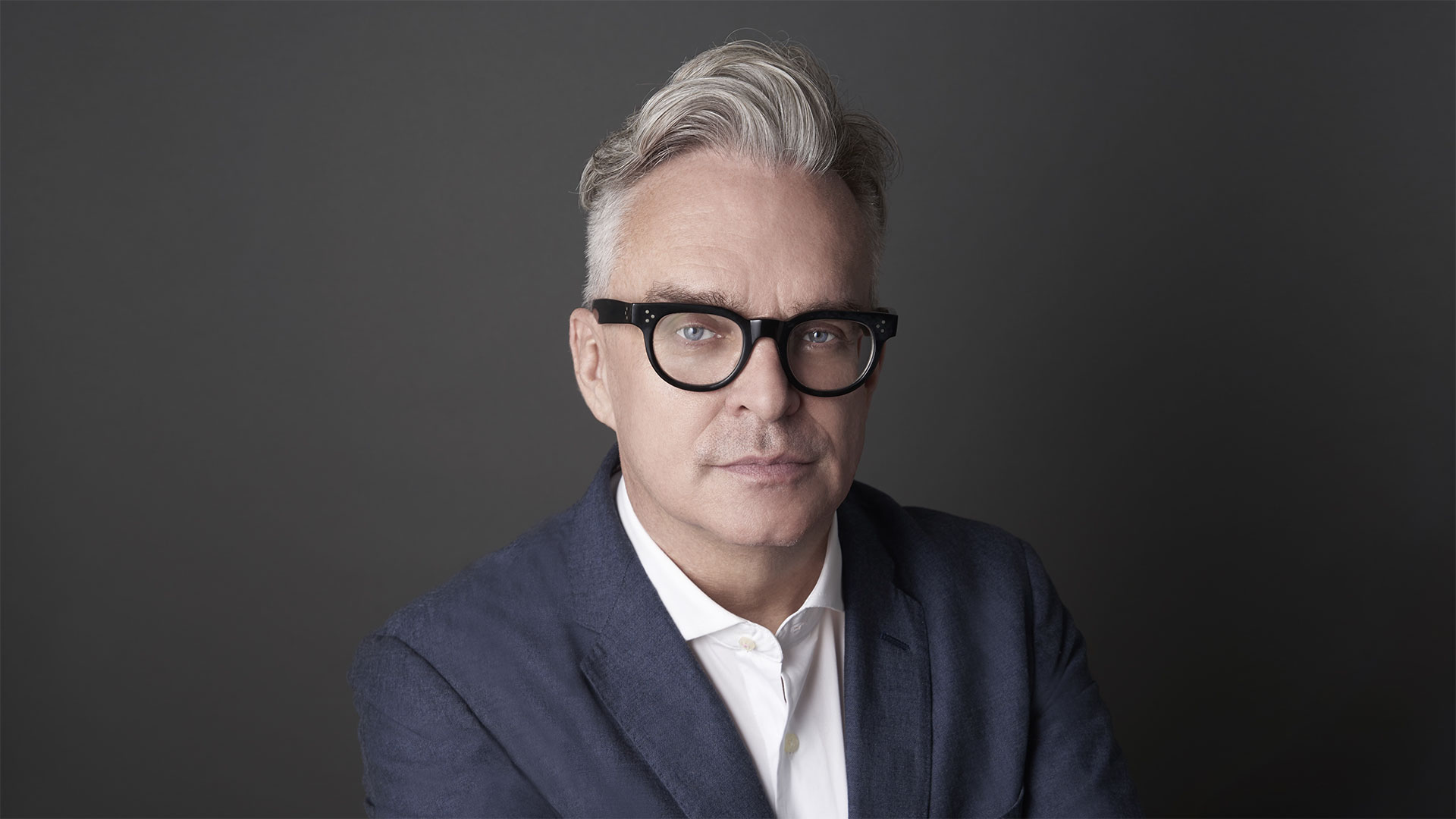Brian Collins On Why He Teaches
How has MFA Design and your teaching changed over the past 20 years?
The more interesting question, for me, is what hasn’t changed over 20 years? And why?
The reason I started teaching in 2001 (and still teach today) was that the program trades the old, tired trope of design as a “problem solving” activity for a “problem seeking” one. Each graduate student must find and create a new concept, a new possibility, a new design idea that, while personally meaningful to them, must also be motivating to a large audience. And then they must actualize it in some tangible way. To do that, they first must seek and uncover some unseen truth or opportunity.
The best students are able to marry the most personal part of their ambition to a scalable, universal need. That was true of my first student, Deborah Adler. Her family’s dangerous experience with the poor design of prescription medicine bottles led to her complete reimagination of a smarter, safer medicine delivery system. It is also true of a more recent student, Michael Stone, a former Boston College football player who learned to love knitting while in recovery from a traumatic back injury. He took his personal experience and turned that into a thesis for a clever, engaging knitting business he thought many other people would enjoy.
The best designers are always rehearsing the future in some way. So anticipating, not just reacting, will be the most important ability a designer can nurture.
We seek. We don’t just solve.
What is the goal of your teaching? What do the students take away?
It’s simple.
First, to show students that their most intensely personal story can be a universally relevant story. And that they can find a potent design idea in a personal story of either great sadness or great bliss. Their design idea can ameliorate despair or amplify happiness. Both are worthy ambitions. But we need new, powerful ideas. No one needs another artisanal carrot soup magazine. Please.
The Second goal is for them to find and use their own voice in their work – and become confident in that voice.
Third, I try to instill the idea that design is not what you do. Instead, it is what you enable others to do.
To graduate from the MFA program is not the end of a journey – it is the beginning of an ultimately far more important one. I am no easy teacher. I am far too blunt for many. But the world is not an easy place, and making a successful career as a creative person can be insanely difficult. So I always try to provide my students with enough confidence, some starting knowledge and a few proven, handy tools so they can surpass me and every one of their teachers. The sooner they realize their own sense of agency, the better.
You have hired many of your (our) students. What have you looked for in their performance?
Five things: Curiosity, courage, compassion, commitment and common sense. If you have all five, we’ll invite you to work with us and help you take your first steps into your career. More importantly, those same qualities might help propel you not just through a good career, but through a meaningful life. Few people posses these qualities in equal amounts, but like any muscle I believe those qualities of character can be built. But those are the qualities I look for.
Those, and the ability to properly kern lowercase Baskerville.
You take great pride in nurturing talent. What is the satisfaction that you get from teaching and mentoring?
That’s not true, actually. I don’t take great pride whatsoever. Their talent is not mine. What I am, instead, is insanely happy when they learn to take pride in themselves. My job is not to put my ideas into them but to help them get their ideas out of themselves. Seeing them thrive beyond my wildest expectations is insanely rewarding. But pride in myself? No.
Look, my aim is to encourage my students. Every student needs to be shown that they have an endless capacity to triumph under any difficult or challenging circumstance. That they are equal to whatever the world might throw at them – and that they can surmount any difficulty, problem, any suffering – and, through design, transform that into growth and strength for themselves and others, too. In each one of them – and at every moment – they have bottomless reservoirs of courage and creativity. My job is to constantly remind them of this, of their profound potential, giving them the confidence in any of their yet unrealized possibilities as well as offer the craft required to bring those possibilities to life.
What are you working on now?
Over the last year we’ve designed the Jim Henson Exhibition at the Museum of the Moving Image in New York, opened the Inflatables show at the Exploratorium in San Francisco, created a new technology brand in Japan, relaunched the amazing brand Dropbox, launched four new product brands with our clients at Target, re-imagined the creative company Ogilvy, worked with Jessica and Jerry Seinfeld on their Good+Foundation, and we are working with the smart people at Mailchimp to rebrand their company. And we’re about to introduce a new project with Equinox. And the year’s not done yet.
But during all this work, we’ve been planning a third office in another city for COLLINS. The world goes round and it still needs to be much better designed for everyone. So there’s plenty of work ahead. The way I see it, we’re always just getting started.

